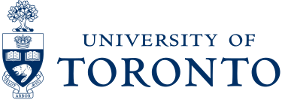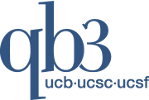RAN: A proven track record for collaboration
A major strength of the management structure is the proven record of the leadership to work in unison to manage large, complex and intellectually challenging programs. In fact, several of the team have successfully managed projects in industry that were significantly larger and more complex than what is proposed here. Further, the RAN leadership team is linked through a unique history of collaborative interaction that spans over two decades.
Drs. Kossiakoff, the PD (Chicago), Wells, (PI, UCSF) and Sidhu, (PI, Toronto) were for many years colleagues at Genentech.
Drs. Kossiakoff and Wells were founding members of the Department of Protein Engineering, which in the ‘80’s and 90’s pioneered a number of powerful tools and methods that played essential roles in the development and maturation of the Protein Engineering field. Their collaborative work in delineating the structural and energetic basis for hormone induced receptor activation based on the hGH system is still considered the paradigm for characterizing protein-protein interactions. Kossiakoff served as Director of the department for 15 years and Wells was a Staff Scientist who conceived and led many of the projects. The Wells group pioneered protein phage display. His group spearheaded the R&D efforts at Genentech that greatly expanded the power and versatility of phage display and many facets of the technology that were developed in his lab remain key elements of the technology today.
Dr. Sidhu was first a postdoc in the Wells’ group in the 90’s, and subsequently became a senior investigator. In that capacity he played a central role in Genentech’s antibody engineering effort. In that role he developed ultra high throughput phage display methodologies. He is the inventor of the concept of the reduced-genetic code phage display library, which is the mainstay of the pipelines at Toronto and Chicago.
Latest publications
-
Conformation-specific Synthetic Antibodies Discriminate Multiple Functional States of the Ion Channel CorA. (published on 2023 Jul 01)
-
Structural basis for assembly and lipid-mediated gating of LRRC8A:C volume-regulated anion channels. (published on 2023 Mar 16)



